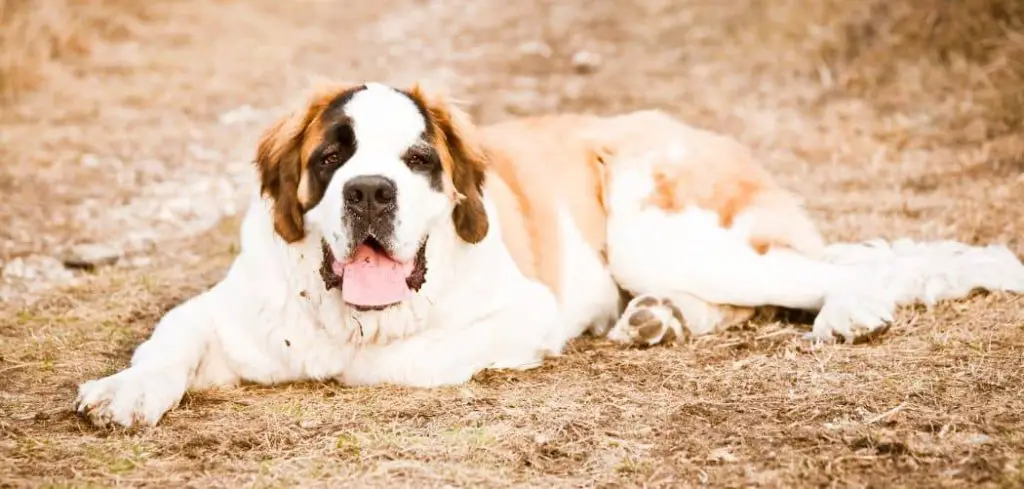When your old dog is not eating, drinking lots of water, and vomiting, it’s not just a simple stomach upset. These combined symptoms point to a possible underlying medical condition.
These signs are often your dog’s way of showing distress—and catching them early can make all the difference.
Old Dog Not Eating Drinking Lots of Water and Vomiting: Why It Happens
When your old dog is not eating, drinking lots of water, and vomiting, this concerning trio of symptoms is commonly caused by age-related organ dysfunction such as kidney failure, liver disease, diabetes, or endocrine disorders like Cushing’s disease.
Vomiting and appetite loss signal that something is wrong with the digestive system, while excessive water intake is often the body’s way of compensating for internal imbalances.

Old Dog Not Eating Drinking Lots of Water and Vomiting: Common Causes
1. Chronic Kidney Disease (CKD)
One of the most frequent causes in senior dogs, CKD occurs when the kidneys lose their ability to effectively filter waste from the blood.
This leads to a buildup of toxins that trigger nausea, vomiting, and refusal to eat.
At the same time, your dog may drink excessive amounts of water to compensate for the loss of kidney function.
Dogs with kidney disease may also exhibit weight loss, bad breath (sometimes ammonia-like), and increased urination. Blood and urine tests are needed to confirm the diagnosis.
Treatment includes hydration, medications, and a kidney-supportive diet to slow progression.
Related: Dog vomiting and not eating (Causes and when to worry)
2. Liver Disease
The liver is responsible for detoxifying the body and supporting digestion.
When it begins to fail, as is common in older dogs, toxins build up and cause vomiting, appetite suppression, and increased thirst.
Liver problems may also cause yellowing of the gums or eyes (jaundice), confusion, or abdominal swelling.
A vet can perform bloodwork and imaging to determine liver health and recommend supportive care.
3. Diabetes Mellitus
In some older dogs, especially those who are overweight or genetically predisposed, diabetes can develop.
Excessive thirst and urination, along with weight loss, vomiting, and lack of appetite, are hallmark signs.
If left unmanaged, diabetic dogs can go into a dangerous state called diabetic ketoacidosis, which is a medical emergency.
Timely diagnosis and insulin therapy can help regulate your dog’s blood sugar levels and restore normal appetite and behavior.
4. Cushing’s Disease (Hyperadrenocorticism)
Cushing’s disease occurs when the adrenal glands produce too much cortisol.
It’s more common in middle-aged and senior dogs and often presents with increased thirst, urination, vomiting, and appetite changes—including either excessive hunger or complete disinterest in food.
Dogs may also develop a pot-bellied appearance, thinning coat, and muscle wasting.
Diagnosis usually involves blood tests and ultrasound, and treatment may include medication or, in some cases, surgery.
Related: Old Dog Vomiting and Not Eating (Here’s why)
5. Digestive Issues or Inflammatory Conditions
Vomiting and not eating in older dogs may also be tied to chronic gastritis, pancreatitis, or gastrointestinal inflammation.
These can make eating uncomfortable, leading to nausea and vomiting bile or foam.
Some dogs may drink more water in an attempt to soothe the irritation.
Pancreatitis, in particular, can be very painful for dogs and is often triggered by high-fat meals.
It requires prompt veterinary treatment including fluids, anti-nausea medications, and a bland diet.
What to Do If Your Old Dog Is Not Eating, Drinking a Lot, and Vomiting
When these symptoms appear together in a senior dog, they shouldn’t be dismissed.
However, if your dog is still active and alert, you can try a few things at home before visiting the vet:
Withhold food for 6–12 hours if vomiting is active.
Offer water in small amounts or ice chips to prevent gulping, which can worsen nausea.
After fasting, offer a bland meal of boiled chicken and rice in small portions.
Monitor for signs of dehydration—check if the gums are sticky or if skin lacks elasticity.
Avoid treats or human food, especially anything rich, fatty, or seasoned.
If your dog’s condition doesn’t improve within 12–24 hours, or worsens at any point, get professional help immediately.
When to Call or Visit Your Vet
Call your vet right away if your old dog is not eating, drinking a lot of water, and vomiting and:
Vomiting has persisted for more than 24 hours
Your dog is lethargic, weak, or unable to stand
You notice blood in the vomit, stool, or urine
Your dog is urinating excessively or not at all
There’s a history of chronic disease like kidney or liver issues
Your dog hasn’t eaten anything in over a day
Veterinarians will perform bloodwork, urinalysis, and possibly imaging to get a full picture of what’s going on internally. Early diagnosis can lead to better outcomes, especially in older pets.
Related: Old Dog Vomiting and Diarrhea and Not Eating (Here’s why)
Key Takeaway
It’s heartbreaking to see your senior dog not eating, vomiting, and drinking excessive amounts of water.
These symptoms usually point to something deeper than just an upset stomach—especially in older dogs.
Trust your instincts: the sooner you act, the better the chances of treating the underlying issue before it progresses.
Your old dog depends on you to notice the signs and get them the support they need.
With timely care and attention, many of these conditions can be managed, keeping your companion comfortable and by your side longer.
